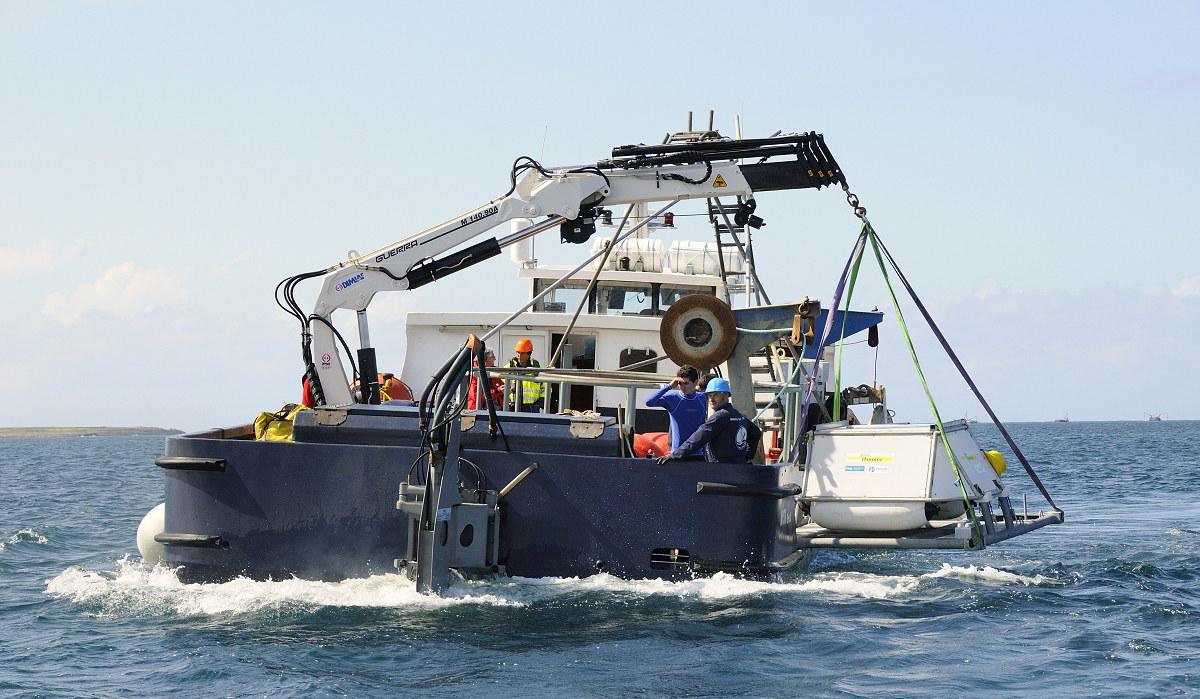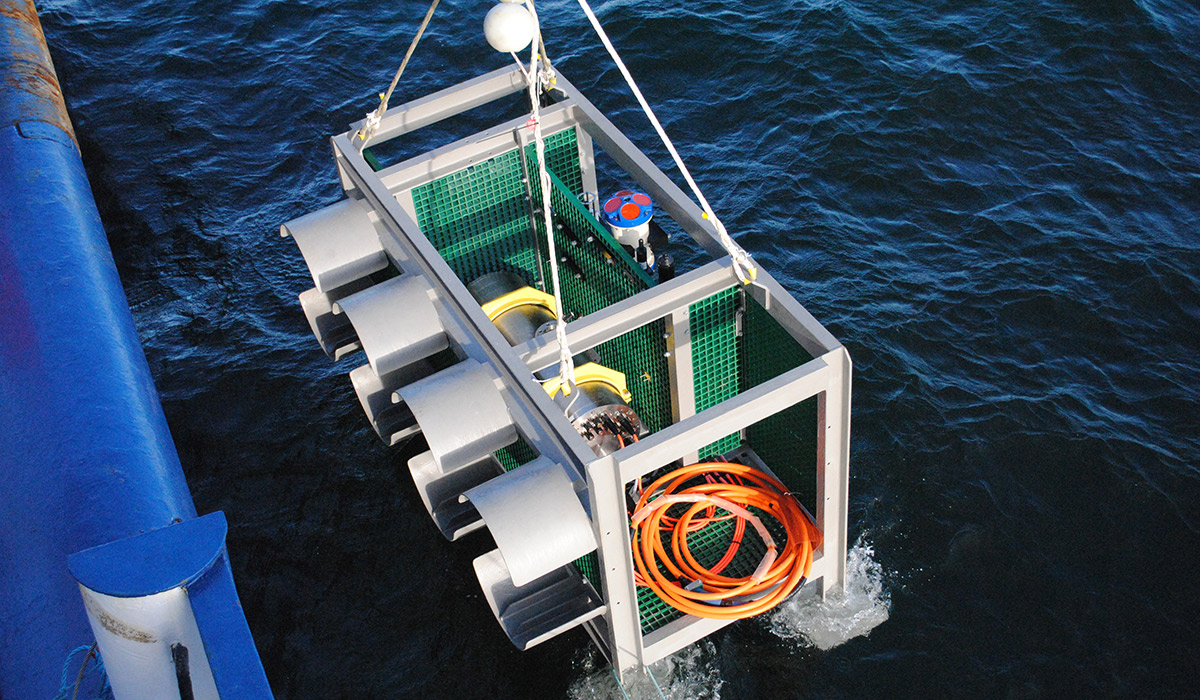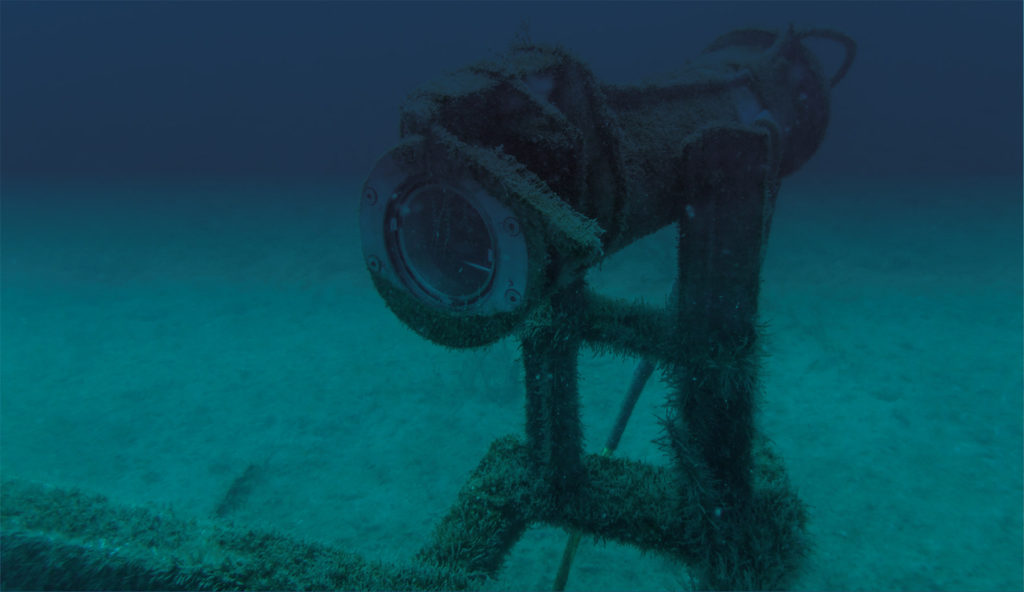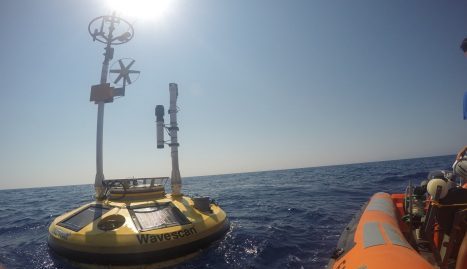OVERVIEW
THE LAST FRONTIER OF EXPLORATION
The Oceans cover 70% of the surface of the Earth and represent 90% of the living resources. However the seas and oceans need to be explored and understood more.
The Oceans are complex dynamic systems ranging from episodic events to slow trends. A high resolution, multidisciplinary long-time-series collection of environmental variables is an innovative approach to understand the oceans and shed light on its complexity.
MULTIPLE SENSORS OPERATING CONTINUOUSLY
Observatories are high-technology platforms hosting sensors monitoring various parameters, such as temperature, pH, salinity, water circulation, seabed movements. These parameters are of great interest for different disciplines, ranging from geosciences to physical oceanography, to biogeochemistry and marine ecology.
Observatories provide services to the industry and benefit from technological advances in new sensors and devices, fundamental for oceanic multidisciplinary research.
OCEAN PLATFORM TYPES
Deep ocean platforms can be classified in two major categories:
STANDALONE OBSERVATORIES
Standalone observatories are autonomous platforms operating in the long term, powered by batteries and transmitting data to land at periodical intervals by means of surface buoys.
CABLED INFRASTRUCTURES
Cabled observatories are platforms connected to land by electro-optical cables allowing power supply and continuous data transmission.
REGIONAL FACILITIES MAP
EMSO includes 14 Regional Facilities, among which 3 are test sites.
REGIONAL FACILITIES PROFILES
See description, main scientific objectives and detailed list of deployed sensors for each Regional Facility by clicking on the images below.















